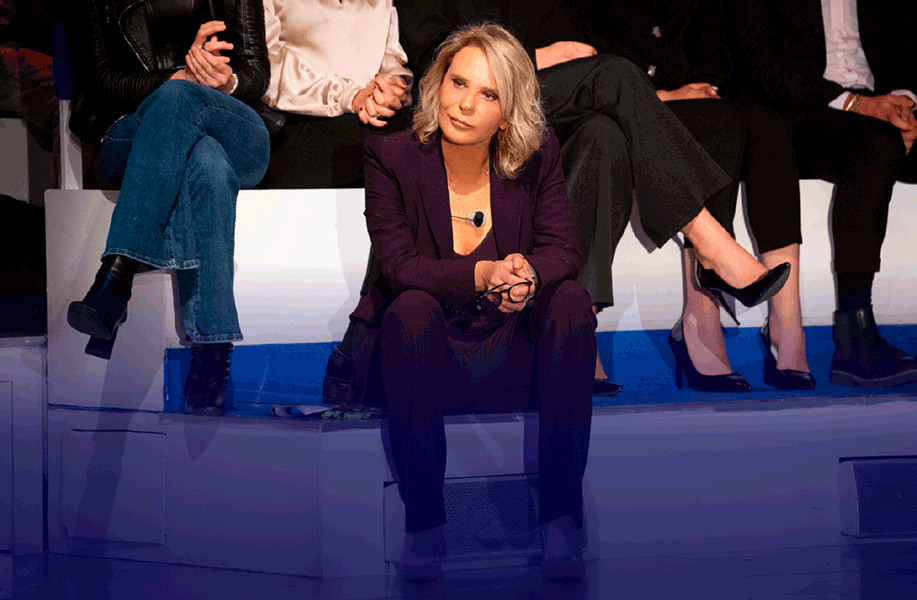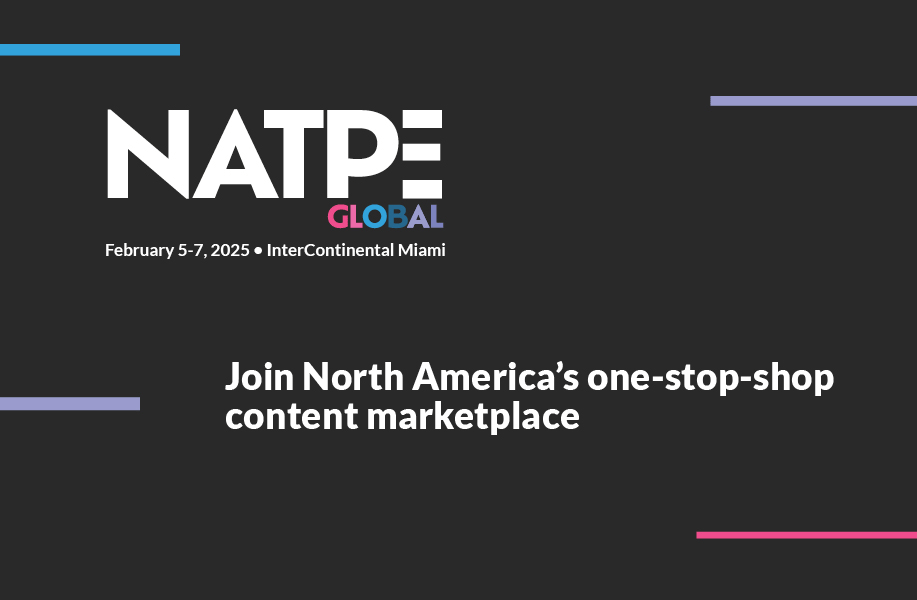It has been a difficult year but you managed to use the lockdown time to create new opportunities for both TV Professional Industry and University. In particular, the publication of the yearbook is the result of this intense work. Do you want to tell us more?
Of course, the period of the pandemic has been particularly hard both for the media industry (think about the movie exhibition, for example, or the international format & content markets) and media education at the University. But it has also been an exciting moment of change and innovation. Since many years, at Ce.R.T.A. – the Research Center for Television and Audiovisual Media I lead – we collect an extensive and in-depth knowledge of the evolutionary dynamics of the broadcasting industry in our country and at international level, particularly thanks to different research activities and partnership we have created over the time. That’s why we thought that it could be the right time to put all this knowledge together and try to share it publicly through a Yearbook, the “2021 Television Yearbook”, that analyses the Italian audio-visual sector in the period September 2020-August 2021. We are already working on the “2022 Yearbook”, considering the success and coverage we had on this first experiment. In order to elaborate the Yearbook it was absolutely essential to develop some strategic partnership, for example with Auditel (the joint industry committee in charge of measuring tv audiences in Italy), with APA (the producers’ association), with leader companies such as Sensemakers and Talkwalker. At the end of the day, this Yearbook reconstructs an entire year of Italian TV (and streaming) in terms of offer and genres, formats, traditional consumption and the so-called “total audience” (audio-visuals consumption through on-line devices), social TV and many other aspects of the industry. The content are currently partially available at www.annuariodellatv.it .
Do you think that University and TV Industry should talk more closely? Do you see connections and business opportunities?
Yes, I strongly believe in partnership and collaboration between the media industry and the University. We actually made this collaboration real and effective since at least a decade and more, because it is really a “win win” opportunity for both sides. For example, through the Master program “Fare TV” we have trained many young professionals now in position of responsibility in many broadcasters, production companies and institutions. Our professors are managers and practitioners in the media sector. Through the Master, many ideas for specific research took form. Usually there is a mutual suspicion between academics and industry people: the real, essential secret is to earn trust on both sides, and this I think is the most important value for an institution like Ce.R.T.A., and for the people working with us.
How do you see the upcoming year? Do you have new projects?
We want to continue the various research activities we started during the pandemic. I already mentioned the next Yearbook of Italian TV, the “2020 Yearbook”, that will be richer and more beautiful than the one we’ve just published now. But during the last year we also started a research project that involved Publitalia ’80 (the advertising company owned by Mediaset) on a crucial topic: how to use communication and media to create a more sustainable tourism, an essential aspect of the Italian economy (13% of the GDP). We are working on the ways media and advertising are representing and promoting the different Italian territories, and how this representation is relevant in activating touristic fluxes both in Italy and at the European level. More in general, I’m very positive on the overcoming of the pandemic crisis in 2022: two and more years of Covid-19 have taught us new ways of teaching, or researching, of using media.
Yes, I strongly believe in partnership and collaboration between the media industry and the University. We actually made this collaboration real and effective since at least a decade and more, because it is really a “win win” opportunity for both sides. For example, through the Master program “Fare TV” we have trained many young professionals now in position of responsibility in many broadcasters, production companies and institutions. Our professors are managers and practitioners in the media sector. Through the Master, many ideas for specific research took form. Usually there is a mutual suspicion between academics and industry people: the real, essential secret is to earn trust on both sides, and this I think is the most important value for an institution like Ce.R.T.A., and for the people working with us.
How do you see the upcoming year? Do you have new projects?
We want to continue the various research activities we started during the pandemic. I already mentioned the next Yearbook of Italian TV, the “2020 Yearbook”, that will be richer and more beautiful than the one we’ve just published now. But during the last year we also started a research project that involved Publitalia ’80 (the advertising company owned by Mediaset) on a crucial topic: how to use communication and media to create a more sustainable tourism, an essential aspect of the Italian economy (13% of the GDP). We are working on the ways media and advertising are representing and promoting the different Italian territories, and how this representation is relevant in activating touristic fluxes both in Italy and at the European level. More in general, I’m very positive on the overcoming of the pandemic crisis in 2022: two and more years of Covid-19 have taught us new ways of teaching, or researching, of using media.








